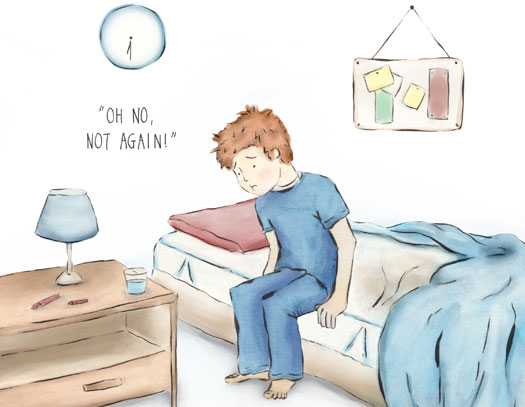Reflexes
THE SPINAL GALLANT REFLEX - Tactile Sensitivity, Concentration And Bladder Control
The Spinal Gallant Reflex (SG) crosses many boundaries. It is important in both the settling of the Grasping Reflexes and during the birthing process. This is why Hemispheres call it the Facilitating Reflex.
Spinal Gallant is thought to play an active role in the birth process. It helps the baby wriggle down the birth canal: this ‘wriggle’ type movement involves a side bend of the lower body following light touch on one side of the spine. Children born by Caesarean Section or where suction has been used do not get the chance to wriggle down the birth canal in this manner, often inhibiting the emergence of this reflex.
The ‘wriggle’ motion of the Spinal Gallant works in tandem with a similar movement seen in the Amphibian Reflex. Together they produce isolation of movement in the pelvis and legs. You often see these movements in babies during tummy time.
In older children a persistent Spinal Gallant can be elicited by light touch to the lower back. This can result in hypersensitivity to clothing, difficulty with concentration, fidgeting, and in those children that have tried to compensate, stiffness or restricted movement in the lower back. Hypersensitivity to touch in this area can result in poor bladder control for some children, particularly at night, when the Spinal Gallant is stimulated on both sides of the body by the bed sheets.

A persistent Spinal Gallant Reflex may lead to:
- Continued bed-wetting.
- Clumsiness and reduced co-ordination of the upper and lower body.
- Fidgeting: it is difficult to sit still and the child wriggles about and changes body position often.
- Over sensitivity in the lower back area.
- Sensory sensitivity to tight clothing, especially trousers.
- Difficulty with attention and concentration.
- Difficulty in crowds.
- Uncomfortable in social situations.
- The Spinal Gallant reflex facilitates the full integration and settlement of the reflexes in the hands and feet.
Copyright © 2026 | Privacy Policy


